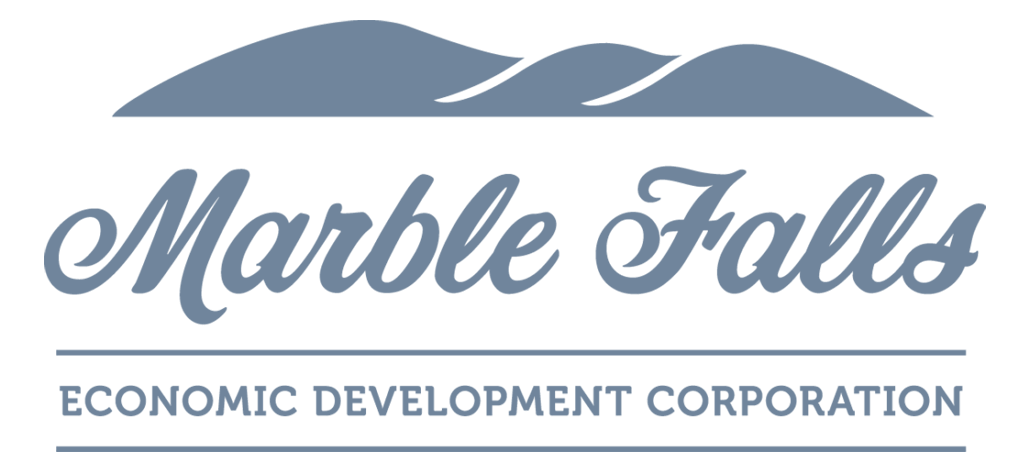COVID and the MF Economy
Over the last several months, I’ve been reluctant to share my normal updates on economic indicators for Marble Falls. The context for these updates has been turned on its head, and it seems that every statement made by every public official these days is derided by exactly 50% of the population for either politicizing the pandemic or ignoring science, even if it’s not really related to COVID. It’s exhausting and annoying.
Last week, we released a video highlighting some projects in different parts of the community, and it was fairly well-received. It appears that people are eager for some good news, and seeing that things are still moving forward in Marble Falls provided a little relief from the monotony of COVID overload. (In case you missed it, the video featured two new housing developments, some medical office development, family entertainment, and future Slurpees.) Seeing the response made me realize that it probably is time to get back into the swing of things by sharing some figures and analysis to help illustrate how bad things got and where things stand today.
Let me begin by saying just how lucky we are to be in the Highland Lakes. Nearly every indicator I’ve seen—from sales tax to unemployment to hotel receipts to active cases—is better for our region than for the state as a whole. It should come as no surprise that people who can work from anywhere are choosing to work from here more and more. Families that normally spend a handful of weekends a year in our area have quarantined here. This, along with people from urban areas coming here as tourists, is helping our economy and our business community immensely.
Hotels were the first to see the impact in the second half of March when the Governor’s initial Stay-at-Home order was issued. Receipts dropped by more than 30% from the March 2019 totals. April was even worse with a 65% drop from the previous year. In May, things started to rebound with a 34% drop, followed by a 12% drop in June. July marked the first time since February that hotel receipts were actually higher than the prior year. Compared to the state as a whole, Marble Falls fared very well. From March through June, the state’s hotel receipts were down 63%, 86%, 61%, and 42%, respectively.
Marble Falls has also performed substantially better than the state overall with regard to sales tax collections. In March, Marble Falls’ collections were up 2.65% over the prior year, versus being down 9.3% for the state as a whole. April saw a 7.65% decline (vs. a 13.2% drop at the state level), while May was up 10.13% (vs. a 6.5% decline for the state). June and 2nd Quarter sales in Marble Falls shattered the all-time record with more than a million dollars in sales tax collected. This was a 22.44% increase over the prior year, versus the state’s 4.3% increase.
The unemployment rate for Burnet County continues to track in the right direction. After peaking at 8.8% in April, the most recent figure is within a percentage point of our pre-COVID rate of 3.9% in March.
| Burnet County | Texas | |
| March 2020 | 3.9% | 5.1% |
| April 2020 | 8.8% | 13.5% |
| May 2020 | 7.7% | 13.0% |
| June 2020 | 5.2% | 8.4% |
| July 2020 | 4.9% | 8.0% |
The final metric I’ll highlight is related to single-family home sales, and it is a bit of a mixed bag. If you’re a seller, what I’m about to share is great news; if you’re a buyer, not so much. In July 2020, the median sales price for a home in Marble Falls jumped 64.9% from July 2019 to a whopping $547,500. Granted, there was a small (but typical) volume of sales, but it was the third consecutive month of more than 30% growth over the prior year’s sales prices. This concerns me because home affordability in the Highland Lakes is already an issue.
Thus far, the pandemic has illustrated that the economy in Marble Falls is stable, strong, and resilient thanks to an appropriate number of essential businesses and a regional trade area. Additionally, people just want to be here. Our top taxpayers are doing very well, as are the businesses in our Downtown core—so we have a good balance. Those communities that rely too heavily on tourism are seeing major economic impacts and business closures. Of course, the industry group that continues to suffer across the board due to occupancy limitations are full-service restaurants. So, please do what you can to support your independent, locally-owned, and locally-operated dining establishments, even if it means takeout or DoorDash. We desperately need these establishments that add so much to the charm and character of our communities to be successful.
We’ll continue to track what’s happening with our local economy and share as appropriate. If you have any questions about the data, don’t hesitate to ask!









